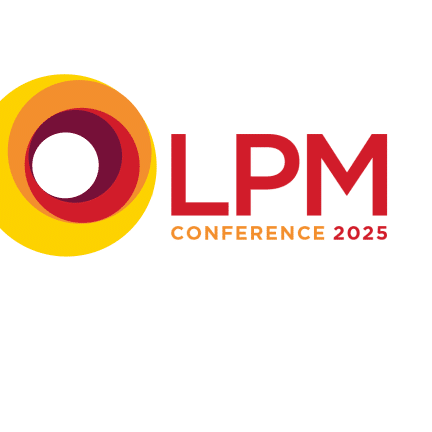
Solving business problems requires more than just technology selection
Implementing new technology successfully requires good communication and planning, says Karl Marshall, director of professional services and support at LexisNexis Enterprise Solutions
Generative AI, in some respects, may have rekindled the desire in organisations to revisit their digital or business transformation projects. Keeping pace with new technology and better ways of doing things is always good, and almost always, one will find a solid business case for change prior to making any investment. However, while this may be well understood at the executive level, the rationale is often not well communicated to the end users, who ultimately are the ones who will experience that change the most. It is critically important to create a compelling case for change and to communicate this clearly to those affected, as inadequate communication often leads to resistance to change, impacting the success of the transformation project. So, how can organisations mitigate this?
Technology is for solving problems
Understanding and defining the problem which the organisation is trying to solve is the most important step in any transformation project. Let’s take AI. Most senior executives will indicate that they want to adopt this technology in 2024. However, before taking their organisation on the AI journey, have they established a clear business problem, or a set of problems, which an AI deployment will help solve? For instance, is it to help drive lawyer productivity? Is it to deliver a better client service? Or perhaps they want to embrace AI to improve profitability?
What outcome will signal the business is transformed?
Once the ‘problem to be solved’ is determined, organisations can start formulating a plan for ‘how’ to solve the business issue. This should include the right mix of people, tools, techniques, and processes – alongside an understanding of what the change or transformation should look like when complete. “What does ‘good’ look like? What is our definition of ‘done’?”Organisations must be able to ascertain the indicators and measures that show the business has indeed, been transformed.
Breaking down the transformation route map
With all the above outlined, the organisation is then well-placed to devise an execution plan for the transformation journey. Some organisations may choose to break down and prioritise the process into smaller bite-sized, achievable targets to manage as individual projects, while others might prefer to execute an overall programme of work. Either way, assigning the most appropriate resources and an adequate budget upfront helps to ensure that the right skills and expertise are available — everything from project managers, consultants, and subject matter experts, through to support analysts, IT executives, info-security professionals and of course the end users — all of whom must be provided sufficient bandwidth to be successful.
To illustrate, fee earners are typically assigned revenue generation targets, and their performance is measured against the achievement of those goals. So, if they are to be involved in transformation projects, they must be afforded the time to participate and properly represent the needs of the users, with due adjustments appropriately reflected in their day-to-day business performance targets.
In fact, when new technology is deployed, fee earners’ involvement is imperative to ensure that the system is easily adoptable of course, but also to create champions of change in the organisation so that the transformation is embedded and quickly becomes routine across business operation. Regardless of how advanced and sophisticated a technology might be, without full and efficient user adoption, it is potentially risking the benefits of the investment.
Transformation must be continuous
By its very nature, transformation is dynamic and never complete. Therefore, with a solid foundation where new technology has achieved its initial (and measurable) objective of solving a problem, the organisation can then work on delivering continuous enhancements for incremental gains, either for the same business issue or even for other related improvements. That is the beauty of transformation.




